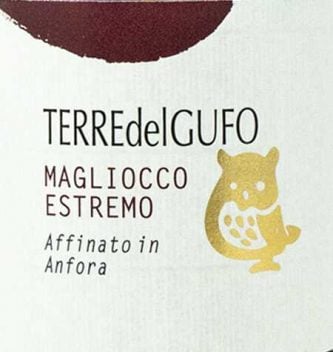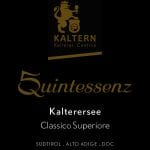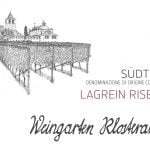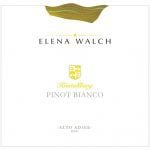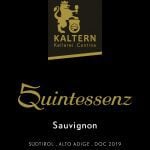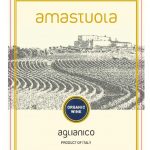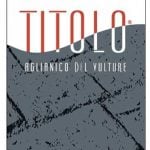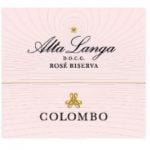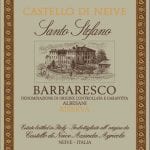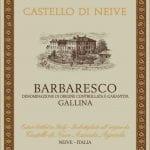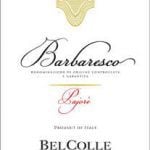Tre Bicchieri and Due Bicchieri Rossi are the flagships of Vini d'Italia. A review that embraces small productions along with prestigious best sellers, involving the finest labels tasted by our experts: in this new monthly column we will take you on the journey of our tasting notes.
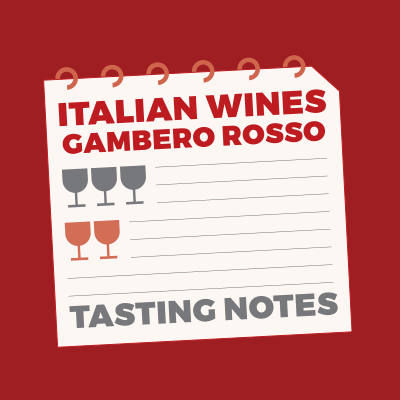
The fascinating Nizza Lorella '18 shows intense aromas of sweet spices and black berries, with a pulpy, fresh and long palate.
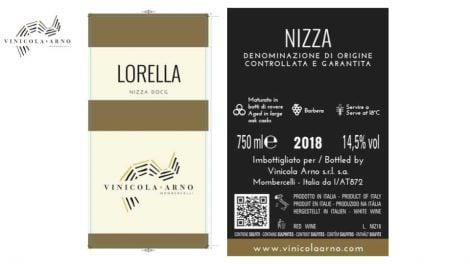
The Nature Noir '15 is intriguing and absolutely precise in the texture of its bubbles, as well as in its forthright gustatory complexity.
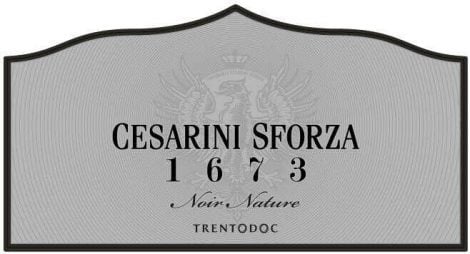
The vineyard that gives life to this wine is located in Pianizza di Sopra, at an altitude of 500 meters (1,640 feet) with eastern exposure. You can breathe elegance in the fragrant aromatic profile that caresses yellow peach, herbs and white flowers. The palate is soft and juicy, thanks to the sapidity that enhances the taste.

The Giardino '20 proves exemplary. It's a wine that conveys all the playfulness of Prosecco, wrought of fresh, enticing aromas, lightness of flavor, sapidity and balanced sugars.
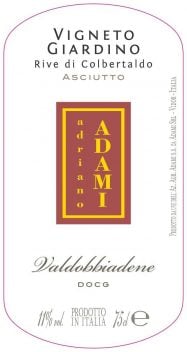
Custoza Ca 'del Magro '19 is a wine that reminisces on ripe yellow fruit, with floral notes and a burst of saffron. In the mouth, the balanced richness of its acidity and its characteristic sapidity are striking.
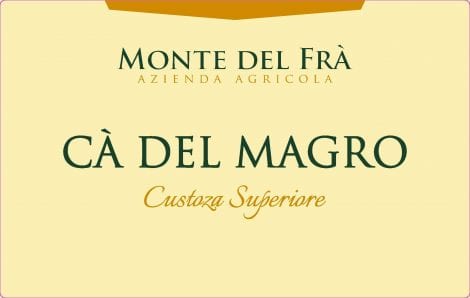
The Chianti Classico Ris. '18 performed well, offering up balanced aromas amidst fruity hints and toasty nuances, as well as a nice note of flint to top things off. In the mouth it's long and reactive, with spirited tannins underlining its character.
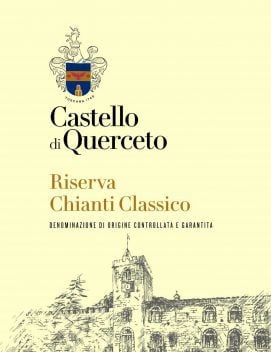
The excellent Carmignano Riserva Grumarello 2016 proves rich in aromas of plum, undergrowth and pepper. On the palate it's velvety, with a fine, silky tannic weave and a nice, sapid and mineral finish on whiffs of pencil lead.
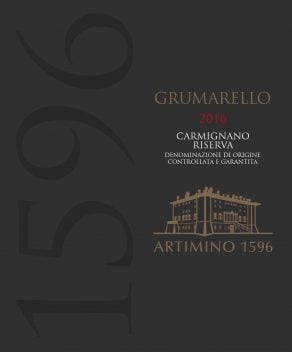
The Verdicchio Stefano Antonucci hits the mark in the 2022 Vini d'Italia guide with the 2019 vintage: polished, dynamic, juicy and deep are some of the best adjectives to describe it.
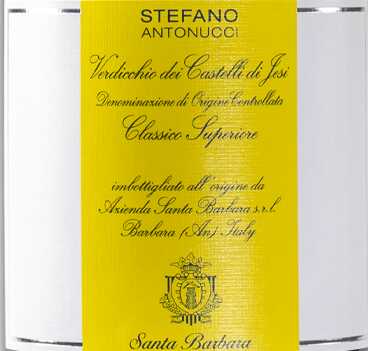
A good example is the Colline Teramane Yang '19. Medicinal herbs, balsamic nuances, pepper, earth, black olive, blueberries and pencil lead make up this red's multifaceted aromatic suite, while the palate showcases creamy tannins supported by a pleasant, sapid sensation.
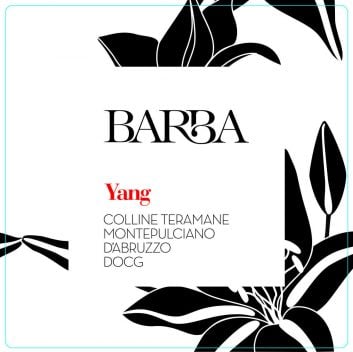
And the Fiorduva once again earns Furore a Tre Bicchieri. The usual multifaceted nose (straw and hay, spicy nuances, candied ginger, citron peel) anticipates a mouth that's creamy, yes, but more confident and graceful than with certain past versions; a balanced acid tension carries Mediterranean flavor and warmth into a long finish.
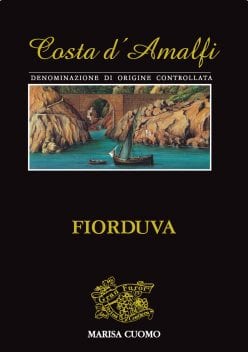
The Aglianico '17 exhibits nice texture and freshness, with floral and black fruit notes followed by nuances of Mediterranean scrub and a long, juicy finish.
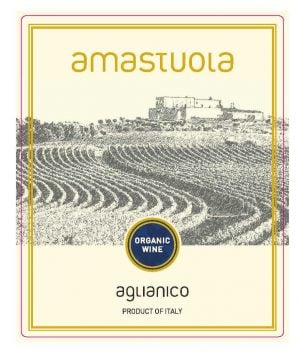
Another nice performance for the 1943 Del Presidente, a blend of Primitivo and Aglianico. The 2019 features nuances of black berries adorned by balsamic nuances on the nose, while the palate exhibits notable structure, but also juice and length.
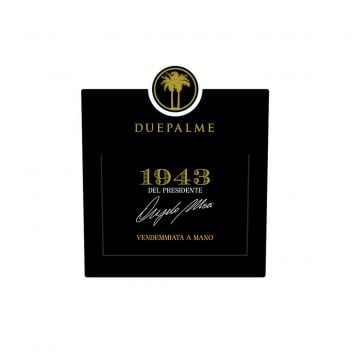
The well-made Gioia del Colle Primitivo Fanova '19 impresses with its aromas of cherry jam and mulberry on the nose, while the palate is clear and focused, consistent, with nice freshness and length.
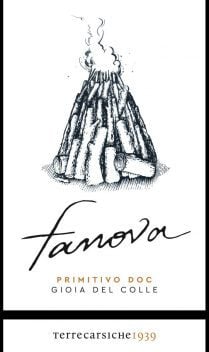
The winery was founded by architect Giuseppe Muzzillo with his sons Eugenio and Francesca, professors at the University of Naples, respectively of Philosophy and Landscape Architecture. Its production has always been among the most interesting ones in a territory with viticulture potential such as Donnici. Among the recent novelties, longer macerations, and the old barriques replaced by new and larger barrels. Wines have benefited from it since the onset.

L'Estremo is a pure Magliocco, already thick in its aromatic profile which plays between nuances of ripe black berries, sweet spices and toasted sensations. On the palate the tannin makes itself felt, forming the framework for a fragrant taste.
